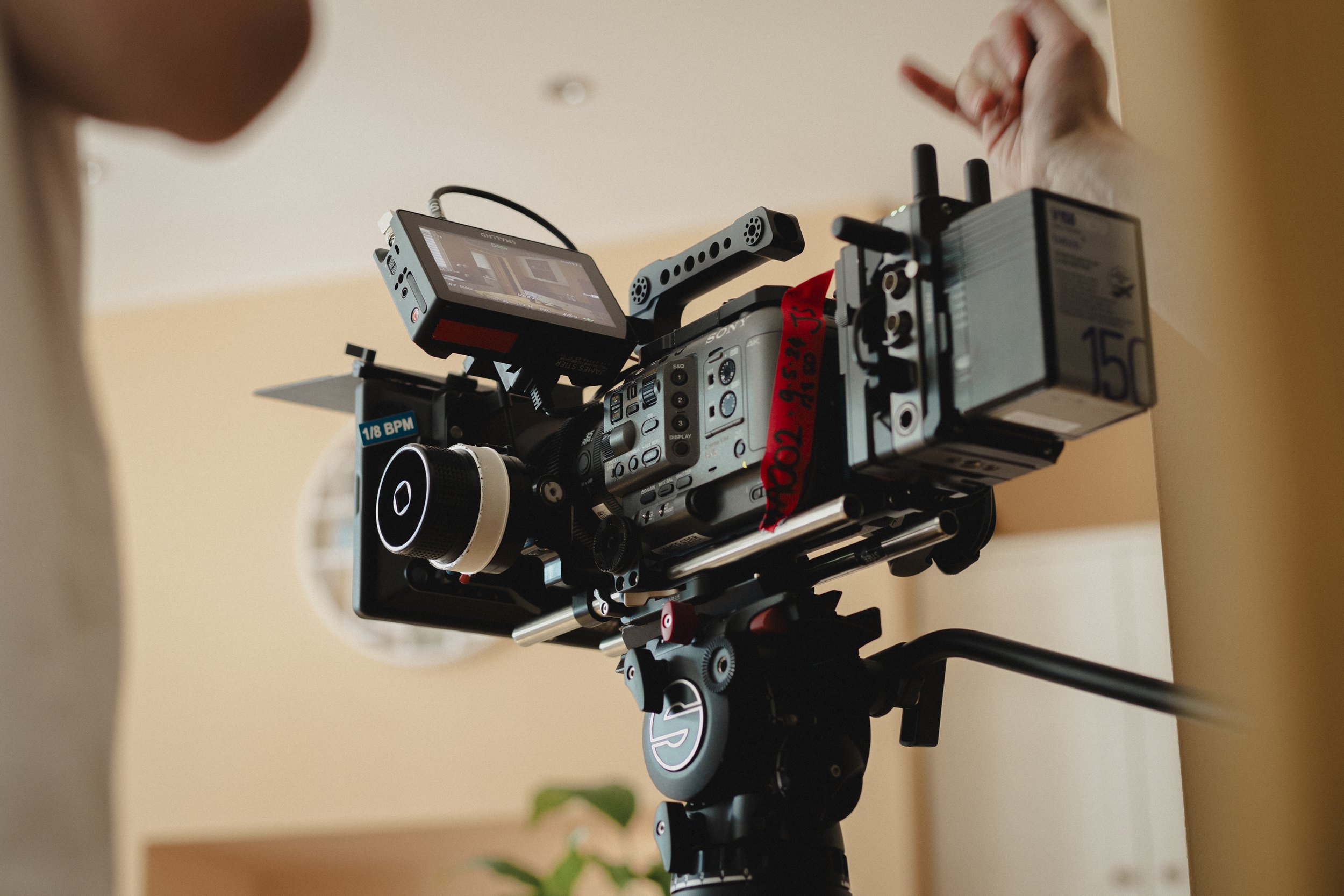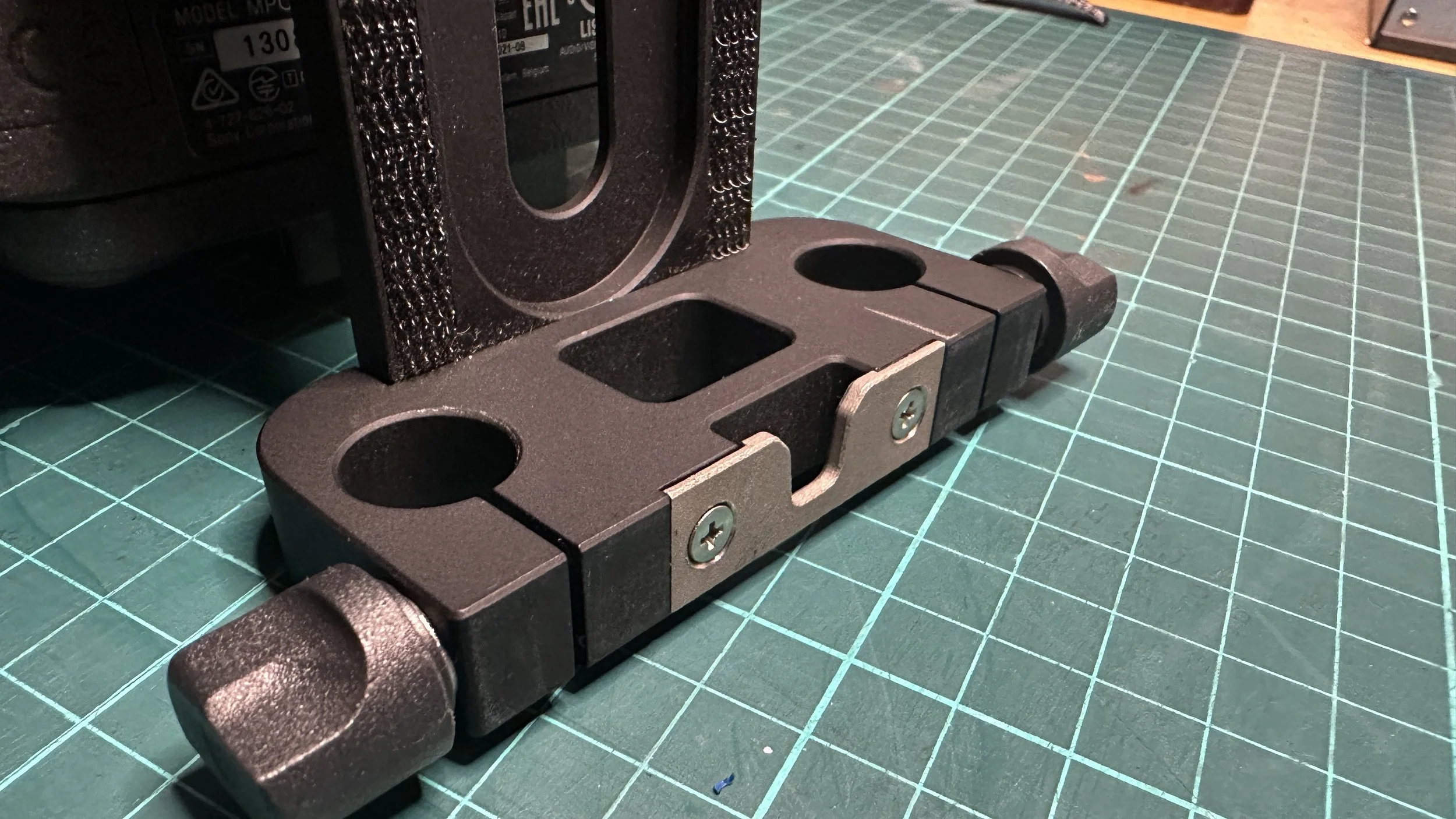
Field Notes
Cinematography & digital camera workflows from a Sony Venice owner, camera operator and DP.
This blog is a working journal — a place to collect thoughts, tests and observations from the day-to-day of cinematography. It covers lighting setups, workflow ideas and camera quirks, mostly centred around Sony systems (I shoot on a Venice, and previously used the FX6 and FX3), though RED and ARRI make the occasional appearance.
It’s mainly written for other professionals — particularly camera assistants, operators, Sony users and aspiring cinematographers — but I’ll be honest, I didn’t expect anyone to find it especially interesting. It’s a mix of technical notes, experiments and the kind of daydreamy thoughts I suspect only 1% of people in this industry ever think about.
But if you are in that 1%, drop me a message — it’s always good to connect with like-minded folks.
Comparing the EI of Sony Venice & FX3: Latitude and Sensor Noise/Grain
This isn’t about winners or losers. It’s not a contest. The Sony Venice and the FX3 exist in different spheres of the industry, each built for a purpose, each delivering stunning images in its own way. The goal here? To see how they can work together—how their colours, textures, noise, and dynamic range can align to tell a cohesive visual story.
Mastering EI Monitoring on the Sony Venice: A Simple Fix You Might Have Missed
If you’ve ever struggled with monitoring changes to the Exposure Index (EI) on the Venice, you’re not alone. I recently found myself facing an issue when using off-base EIs—anything other than the native 500 (low base) or 2500 (high base). The challenge? The EI changes weren’t reflected in my monitor, making it difficult to judge exposure properly, especially on 3rd part monitors using tolls such as EL Zone exposure or False Colour.
Old-School Audio with Modern Tech: My Workflow with the Sony Venice & Sound Devices 302
After an Instagram post following some recent work which required sync audio into camera for post reasons, I’m diving into the setup to answer some questions. Specifically, I want to talk about my audio workflow with the Sony Venice camera, Sound Devices 302 mixer, and finally a little more about Deity Theos UHF wireless kit. If you’re someone who appreciates the intersection of obscure analogue engineering and cutting-edge digital technology, this setup might intrigue you. There is a video below if you prefer to watch a demo of all this, otherwise I have done my best to break things down in the article below.
Camera Tech Indulgence & The Rush Design VCT Plate for the Sony Venice
Alright, let’s kick off this blog with a deep dive into camera rigging—especially for those of you who own a Sony Venice, are Venice-curious, or work as ACs with the Mk1 or Mk2. The Venice has become more accessible lately, opening up new possibilities. I’m hoping to share a few tips that might help you with rigging, operating, and navigating the quirks that make this camera so unique.



